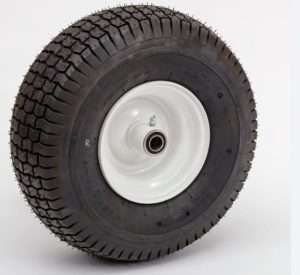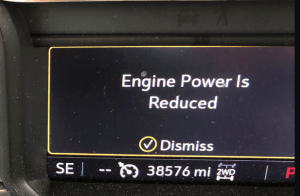Why is My Ford F150 Turning Over But Not Starting : Troubleshooting the Issue
One of the most frustrating experiences for any vehicle owner is when their car fails to start, especially when it’s a reliable workhorse like the Ford F150. If you’re experiencing the issue of your Ford F150 turning over but not starting, there are a number of potential causes that you can investigate to get to the bottom of the problem.
Potential Causes
There are several potential reasons why your Ford F150 may be turning over but not starting. It’s important to understand that diagnosing the issue may require some technical knowledge, and if you’re not comfortable doing so, it’s best to seek the help of a qualified mechanic.
1. Fuel System
The fuel system is a common culprit when it comes to starting issues. If your fuel pump has failed, it can prevent the proper amount of fuel from reaching the engine, causing the vehicle to turn over but not start. A clogged fuel filter or issues with the fuel injectors could also lead to similar problems.
2. Ignition System
If your Ford F150’s ignition system is faulty, it can prevent the spark plugs from firing, which is essential for the combustion process to take place. Issues with the ignition coil, distributor, or spark plugs themselves can all contribute to starting issues.
3. Battery And Starter
A weak or dead battery may not have enough power to fully engage the starter, leading to the vehicle turning over but failing to start. Similarly, a faulty starter motor may also be the cause of the problem.
4. Engine Mechanical Problems
If there are internal issues with the engine, such as low compression or a timing belt that has slipped or broken, it can prevent the engine from starting properly.
5. Electronic Control Module (ECM) Issues
The ECM, which controls various functions of the engine, may encounter issues that prevent it from signaling the other components to operate as they should, leading to starting problems.
Diagnosing the Issue
While the potential causes mentioned above provide a starting point for diagnosing the problem, it’s essential to approach the issue methodically. If you have the necessary technical knowledge and tools, you can start by checking the fuel pressure, inspecting the ignition system, testing the battery and starter, and conducting a compression test. However, if you’re not comfortable doing so, it’s best to enlist the help of a trusted mechanic who has experience with Ford vehicles.
Seeking Professional Help
When dealing with starting issues, especially if you’re unable to pinpoint the problem after initial checks, it’s crucial to seek the expertise of a professional. A mechanic with experience in diagnosing and repairing Ford F150s will be able to use their knowledge and specialized tools to identify the root cause of the starting problem and carry out the necessary repairs.
Frequently Asked Questions Of Why Is My Ford F150 Turning Over But Not Starting: Troubleshooting The Issue
What Could Cause A Ford F150 To Turn Over But Not Start?
Potential causes may include a faulty fuel pump, ignition system issues, or a problematic starter.
How Can I Troubleshoot A Ford F150 That Won’t Start?
Check the fuel pump, battery, ignition system, and starter motor for potential issues.
What Are The Common Symptoms Of A Failing Ford F150?
Common symptoms include engine cranking without starting, sputtering while driving, and difficulty starting the vehicle.
Can A Clogged Fuel Filter Prevent A Ford F150 From Starting?
Yes, a clogged fuel filter can restrict fuel flow and hinder the engine’s ability to start.
Conclusion
Experiencing a situation where your Ford F150 turns over but doesn’t start can be incredibly frustrating. However, by understanding the potential causes of the problem and seeking professional help when needed, you can ensure that your vehicle is back on the road and performing as it should in no time.
Trending now



